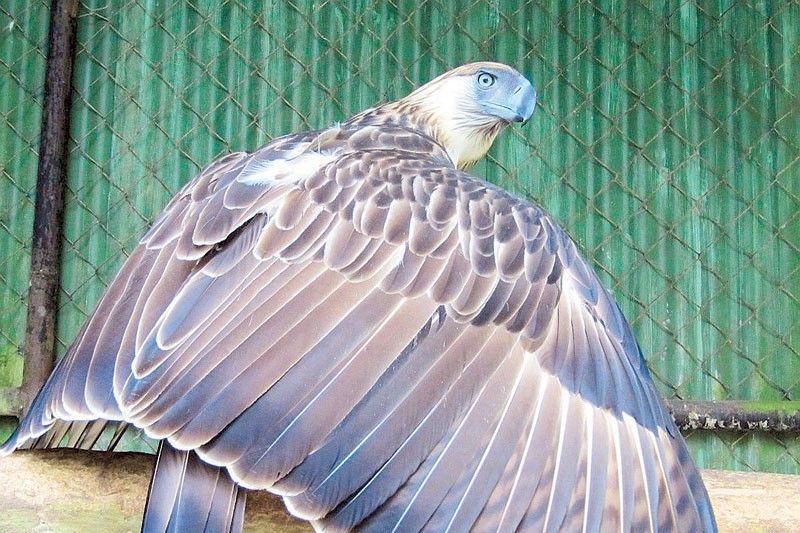Pag-asa, eagle of hope, dies at 28

DAVAO CITY, Philippines — Philippine Eagle Pag-asa is dead.
Considered an icon of the country’s conservation efforts, Pag-asa succumbed to infections associated with trichomoniasis and aspergillosis, the Philippine Eagle Foundation (PEF) said yesterday.
PEF executive director Dennis Salvador said both diseases are fatal for raptors and although treatment was done over a week ago, Pag-asa continued to deteriorate and died at 8:03 p.m. on Jan. 6, a few days short of his 29th birthday.
Hatched on Jan. 15, 1992, Pag-asa was the first Philippine Eagle bred and hatched in captivity at the Malagos Eagle Center in Calinan District, this city.
“Pag-asa, which means hope, may have gone too soon but his legacy lives on. He will always remind us of our efforts to conserve what is left of the already dwindling population of our Philippine Eagle,” Salvador said.
He told The STAR that the infection was brought about by Pag-asa’s having eaten a wild dove that entered his cage, the largest dome at the Malagos Eagle Center.
Salvador said Pag-asa had constantly been the main attraction at the avian center as visitors would always look for him.
He was the first Philippine Eagle (Pithecophaga jefferyi) successfully conceived using cooperative artificial insemination techniques and hatched in history, culminating 14 years worth of research.
Rightully named Pag-asa, he heralded hope for the critically endangered species and the entire conservation mission, the PEF official said.
After Pag-asa was born in 1992, there had also been a number of new eagles that were bred and hatched in captivity and are now kept at the Malagos center.
“Literally, Pag-asa gave hope to the conservation effort for the country’s national bird,” Salvador said.
On Feb. 9, 2013, the PEF reached yet another milestone with Pag-asa in the form of his first and only offspring, a female chick named Mabuhay.
“Even after he retired from breeding, Pag-asa lived his life as an icon of hope for Filipinos, young and old, and was a constant inspiration to the people working tirelessly to save our national bird from extinction,” Salvador said.
- Latest
- Trending






























